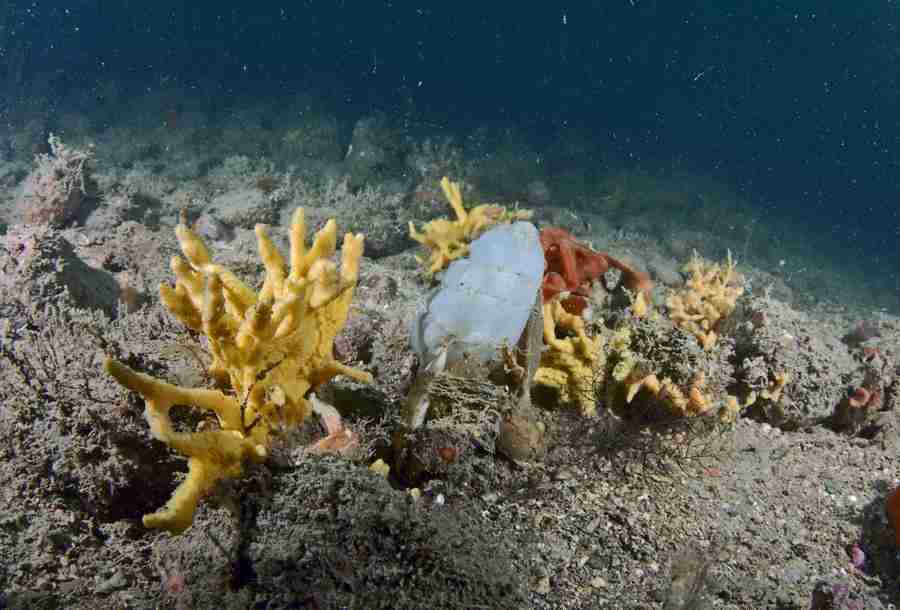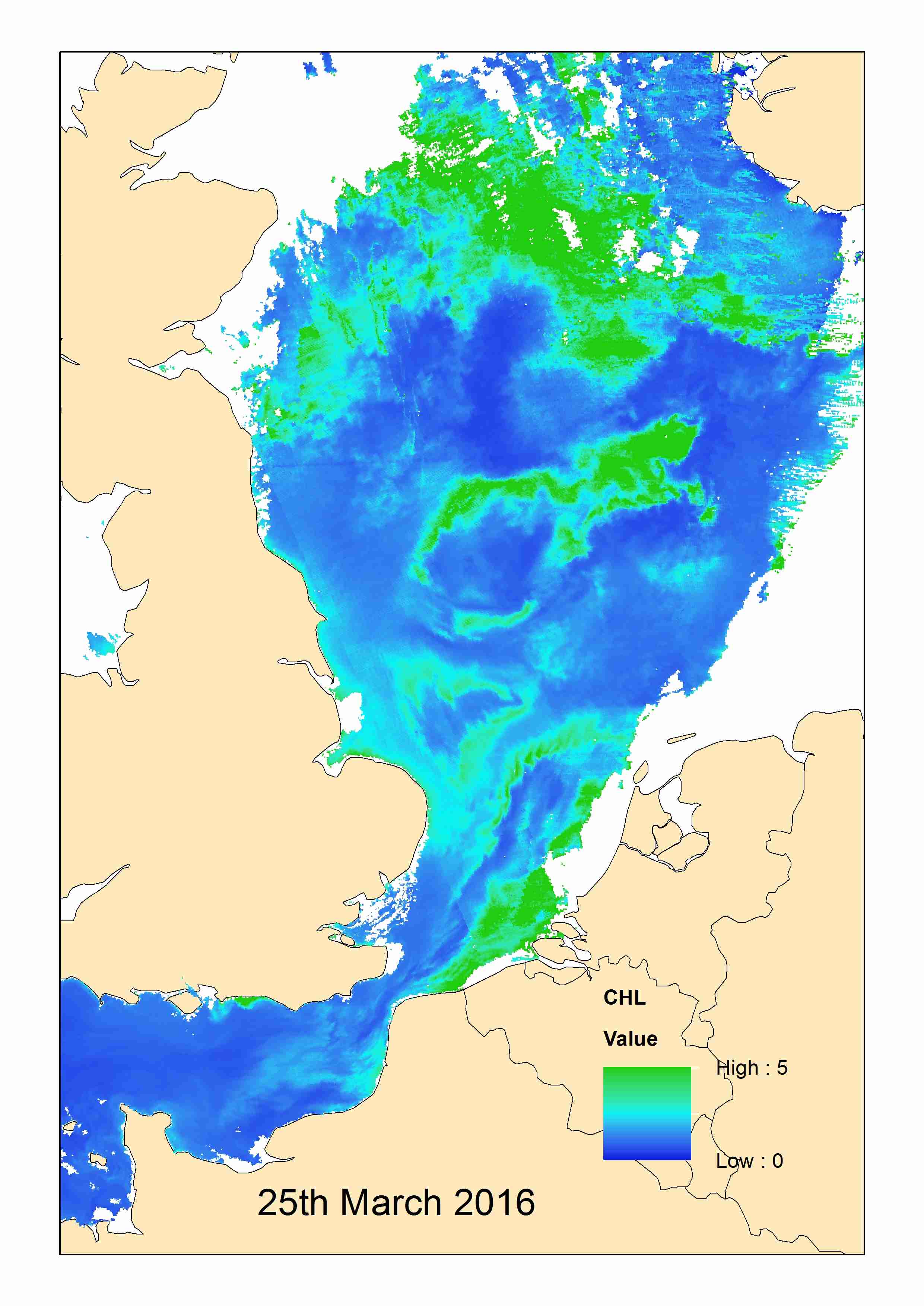Dr Anita Franco
Investigation on the origin of the deep mud habitat in Whitsand and Looe Bay MCZ
People Involved
Mr Nick Cutts
Dr Krysia Mazik K.Mazik@hull.ac.uk
Senior Lecturer. Marine Biology
Miss Shona Thomson
Professor Mike Elliott Mike.Elliott@hull.ac.uk
Emeritus Professor of Estuarine and Coastal Sciences/ Research Professor, Institute of Estuarine and Coastal Studies
Project Description
The Whitsand and Looe Bay Marine Conservation Zone (MCZ) was designated, under the Marine and Coastal Access Act (2009) in December 2013, along with 26 other MCZs. Features of Conservation Interest include intertidal rock, a variety of intertidal soft sediment habitats and seagrasses (Cefas, 2015). An area of mud, atypical of the predominant habitats in this area, has been identified at the eastern side of Whitsand Bay, directly to the north of the Rame Head dredge disposal site (PL031), raising questions about the source of this mud.
The disposal of dredged material at the PL031 site has occurred for over a century with the main source of material being maintenance and capital dredging from the ports, harbours, and navigation channels within the Tamar and Plym estuaries and Plymouth Sound (Elliott & Mazik, 2010). Since 2001, monitoring of the sediments, associated contaminants and benthic fauna has been carried out by Cefas, along with various detailed studies (e.g., dispersion modelling studies) in an attempt to determine the fate of sediments following placement at the disposal site and to demonstrate a lack of impact on the local ecology and public amenities (e.g. Cefas, 2005; Elliott & Mazik, 2011). Detailed modelling (e.g. Siddorn et al., 2003; Okado et al., 2009) indicates that natural prevailing current patterns may favour the transport of fine sediments into the east side of Whitsand Bay (especially around Polhawn Cove) and that, whilst there is considerable dispersal around the disposal site, dredged material is only sedimentologically distinct from the ambient sediments to the NW and SE of the site. Despite this, there is still a degree of uncertainty surrounding the fate of the dredged material from the disposal site and its effect on the integrity of the designated features within the MCZ.
Project aim and objectives
Following the collection, by the Environment Agency, of more sedimentological, contaminants and infaunal data from a wider area, Natural England whishes t an investigation on the nature and origin of the mud in the Whitsand and Looe Bay MCZ, to determine whether or not it may be a natural feature or a result of disposal activities and to assess the ecological condition of the mud habitat. Objectives of the study are:
1.To interpret the EA data (infauna, particle size analysis (PSA), and contaminants) from within and in close proximity to the MCZ to assess as best possible the condition and origin of the deep mud habitat present within the MCZ.
2.To place any findings from (1) in context with any existing data for the mud habitat.
| Type of Project | Small Grant |
|---|---|
| Status | Project Complete |
| Funder(s) | Natural England |
| Value | £9,900.00 |
| Project Dates | Aug 26, 2016 - Jun 30, 2017 |
| Partner Organisations | No Partners |
You might also like

NE-IFCA bait-digging MSc. Jan 1, 2017 - Sep 30, 2018
North-East IFCA have applied for funding from Defra to investigate bait-digging pressure in the region. A one-year studentship with IECS supervision has been proposed.
Evidence based approach to effect of decommissioning on MPA conservation and ecosystem services Feb 1, 2017 - Jan 31, 2018
Building on existing frameworks, we will develop a Decision Steering Document (DSD) which contains a transparent, defendable and more streamlined procedure for identifying and assessing scientific evidence. The DSD will facilitate decision-making for...
Read More about Evidence based approach to effect of decommissioning on MPA conservation and ecosystem services.

Sublittoral rock indicator: spatial correlation between environmental conditions and biological data Jan 1, 2017 - Jun 1, 2018
The Joint Nature Conservation Committee (JNCC) wish to develop and calibrate the ‘morphological diversity of sponge assemblages plus anthozoan species composition and abundance’ indicator for the monitoring of sublittoral rock. Initial analysis of So...
Read More about Sublittoral rock indicator: spatial correlation between environmental conditions and biological data.

DataCube Service for Copernicus Jan 1, 2018 - Dec 31, 2021
DCS4COP will enable U HULL to build on the previous HIGHROC project and further develop supply chains for satellite earth observation for marine and coastal users. The products arising will be used to build services which can be offered to our existi...
Read More about DataCube Service for Copernicus.
Neyland marina dredging impact study Jan 1, 2017 - Dec 31, 2017
NEYLAND YACHT HAVEN DREDGING : STATISTICAL ANALYSIS 2004-2016
Analysis of benthic and sediment (particle size parameters) data for the Neyland Yacht Haven dredging project.
spatial analysis of benthic community and sediment parameters for 2016...
Read More about Neyland marina dredging impact study.
